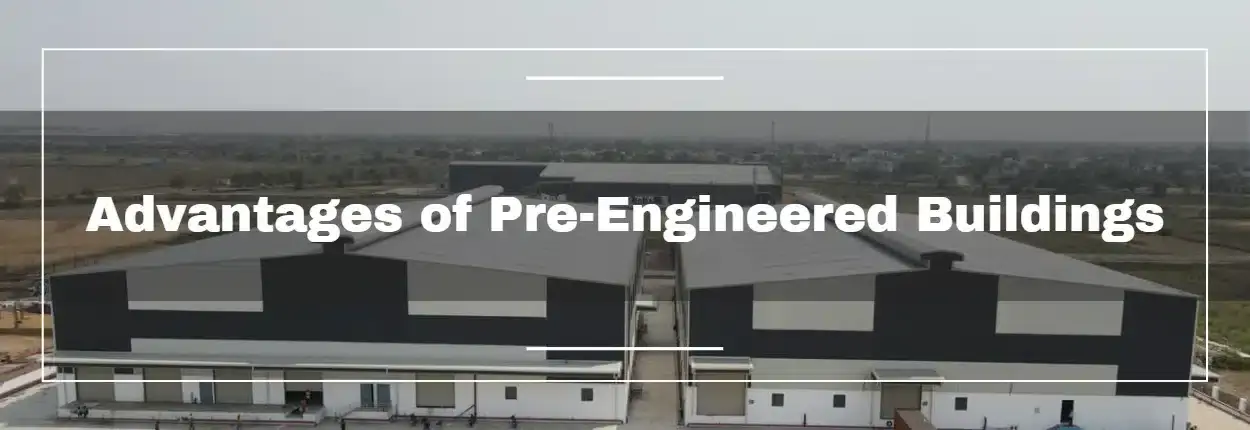
Pre-engineered buildings, also known as pre-fabricated buildings or prefabs, are a type of construction that is gaining popularity in the building industry. The term “pre-engineered” refers to the fact that the building is designed and fabricated off-site, according to specific measurements and specifications, before being assembled on-site. This method of construction is becoming increasingly popular because it is faster, more cost-effective, and more efficient than traditional construction methods.
In this blog post, we will discuss the advantages of pre-engineered buildings, the fabrication process, industrial sheds, and steel structures.
Advantages of Pre-Engineered Buildings
Pre-engineered buildings have several advantages over traditional construction methods. Here are some of the main benefits:
Speed of Construction
One of the main advantages of pre-engineered buildings is the speed of construction. Because the components are designed and fabricated off-site, the assembly process is much faster than traditional construction methods. This means that pre-engineered buildings can be completed in much lesser time than it takes to build a traditional or conventional building.
Cost-Effective
Pre-engineered buildings are also more cost effective than traditional construction methods. Because the components are manufactured off-site, the labor costs are lower. Additionally, the fabrication process ensures consistent quality, reducing the risk of errors or defects during construction. This means that pre-engineered buildings are less likely to require costly repairs or modifications after they are built.
Flexibility
Pre-engineered buildings are also more flexible than traditional construction methods. The components can be customized to meet specific needs, and the buildings can be easily expanded or modified as needed. This means that pre-engineered buildings are a good option for companies that need to accommodate growth or changes in their operations.
Durable and Strong
Pre-engineered buildings are typically made from steel, which is a strong and durable material. This means that pre-engineered buildings are less susceptible to damage from natural disasters, such as earthquakes or hurricanes, than traditional buildings made from wood or brick.
Environmentally Friendly
Pre-engineered buildings are also more sustainable and environment friendly than traditional construction methods. The components are manufactured in a controlled environment, which means that waste is minimized. Additionally, the steel used in pre-engineered buildings is often made from recycled materials.
Fabrication Process
The fabrication process for pre-engineered buildings is highly efficient and controlled. The process begins with the design phase, during which the building is designed using computer-aided design (CAD) software. The design is then sent to the fabrication facility, where the components are manufactured using specialized equipment.
The components are typically made from steel, which is cut, drilled, and welded to the required specifications under strict quality control. Once the components are completed, they are shipped to the construction site for assembly.
The fabrication process for pre-engineered buildings is highly automated, which means that the components are produced with consistent quality and accuracy. Additionally, because the components are manufactured off-site, the fabrication process is not affected by weather conditions or other on-site factors.
